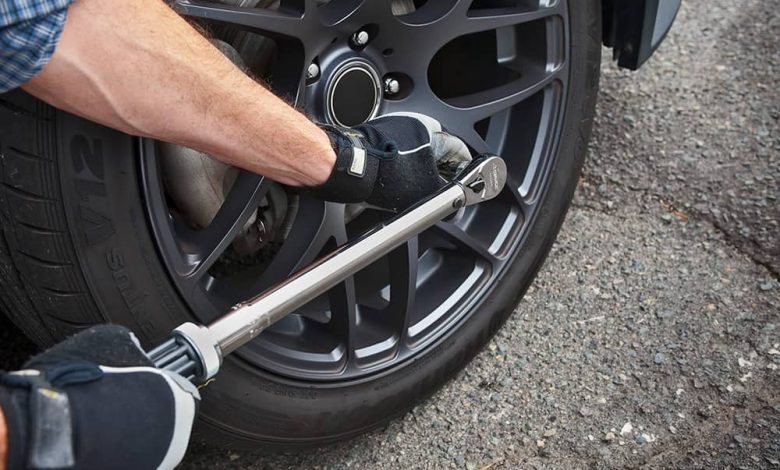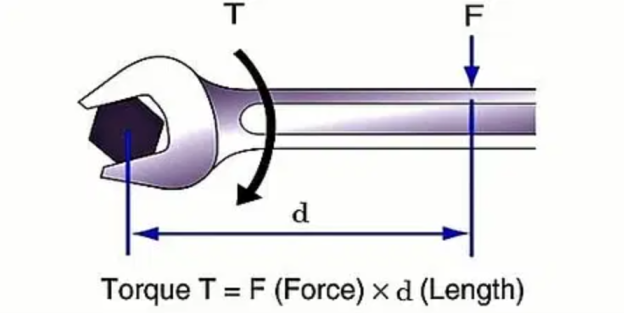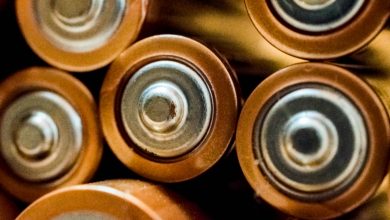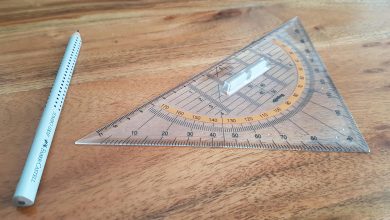Beyond Speed: Delving into the Mechanics of Torque

Torque can be defined as the force that induces rotational motion around an axis.
Similar to how force triggers linear acceleration in kinematics, torque initiates angular acceleration in objects.
As a vector quantity, the direction of the torque vector aligns with the direction of the force applied to the axis.
There are two types of torque, static and dynamic torque.
What Are Static And Dynamic Torque?
Static torque is the torque needed to keep an object at rest from rotating around a fixed axis when an external force is applied to it.
Static torque does not produce an angular acceleration.
For example, the torque required to crank up the windows in a car is an example of static torque.
On the other hand, dynamic torque measures the twisting force that causes an object to rotate with acceleration.
It is the torque necessary to keep an object spinning at a steady rate, overcoming any frictional forces acting against it.
Dynamic torque is often used in the context of continually operating systems, like turbines in a power plant or motors in electric appliances.
When you ride a bicycle and pedal, the force applied to the pedals generates dynamic torque on the bicycle’s wheels.
This dynamic torque is responsible for accelerating the wheels and propelling the bicycle forward.
When you stop pedaling, the dynamic torque decreases, causing the bicycle to slow down and eventually come to a halt.
In summary, static torque is the torque required to keep an object at rest from rotating around a fixed axis when an external force is applied to it, while dynamic torque is the torque necessary to keep an object spinning at a steady rate, overcoming any frictional forces acting against it.
How To Calculate Torque?
The magnitude of the torque vector τ for a torque produced by a given force F is
where r is the length of the moment arm and θ is the angle between the force vector and the moment arm.
If the force is at right angles (90 degrees) to the moment arm, the sine term becomes 1 and the formula is
The direction of the torque vector is found by convention using the right hand grip rule.
If a hand is curled around the axis of rotation with the fingers pointing in the direction of the force, then the torque vector points in the direction of the thumb as shown in the figure below.
How is Torque Measured?
The SI unit for torque is the Newton-meter while in imperial units, the Foot-pound is often used.
Measuring a static torque in a non-rotating system is easy, and is done by measuring the force.
Given the length of the moment arm, the torque can be found directly.
Measuring torque in a rotating system is considerably more difficult.
One method works by measuring strain within the metal of a drive shaft which is transmitting torque and sending this information wirelessly.
How Is Torque Increased Or Decreased?
The torque produced by a motor must be increased or decreased based on the situation.
For example when you are driving a car on a flat road, you don’t need much torque. So you shift to higher gears that produce high speed but low torque.
But, when you are offroading and driving in difficult terrains, Your vehicle must exert higher torque to climb the incline or obstacles.
So you shift to lower gears which offer more torque but lesser speed.
For example when you are cycling on a flat road, you will not put much force and effort to move forward and speed is increased.
But, when you are climbing an incline, you will have to pedal harder to climb the incline.
The torque produced by a motor can be increased or decreased through the use of gears.
An increase in torque comes with a proportional decrease in rotational speed.
Our vehicles have different gears in order to achieve good performance.
Engines produce maximum torque only for a narrow range of high rotational speeds.
Adjustable gearing allows sufficient torque to be delivered to the wheels at any given rotational speed of the engine.








